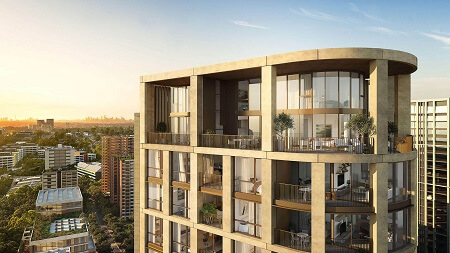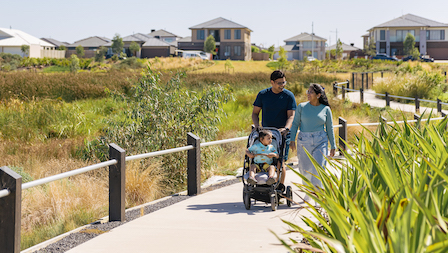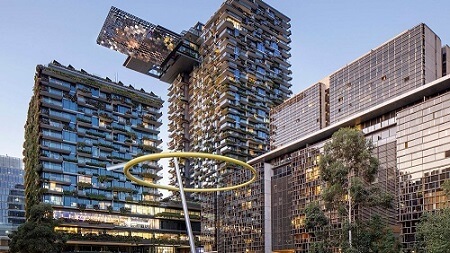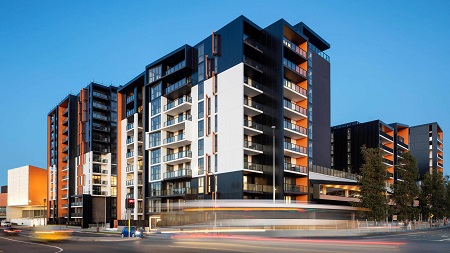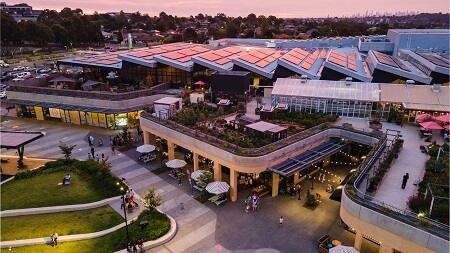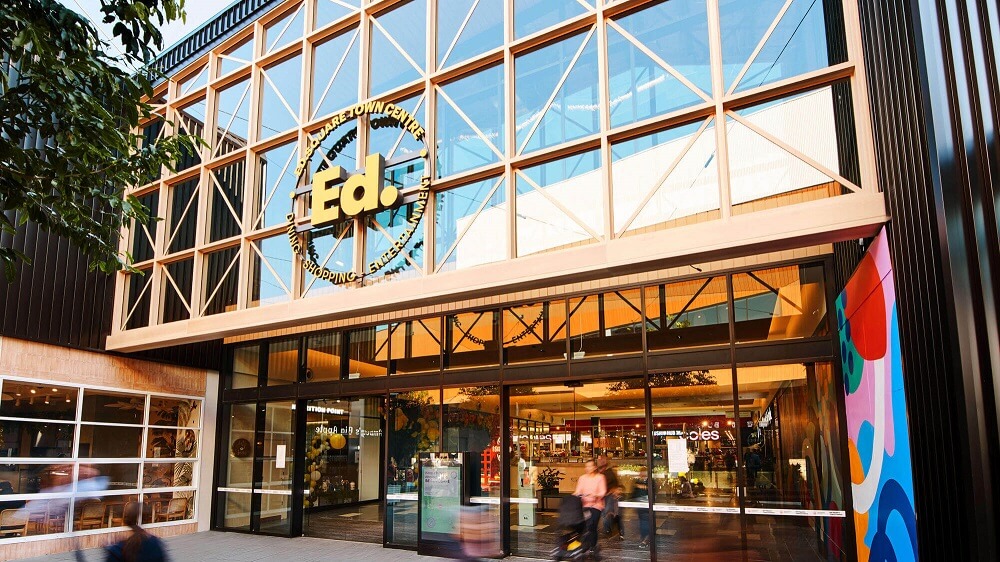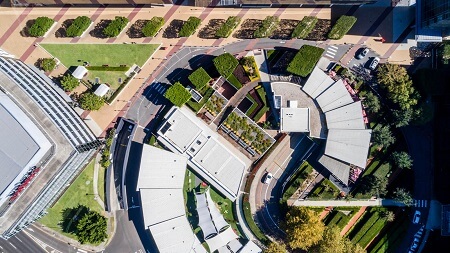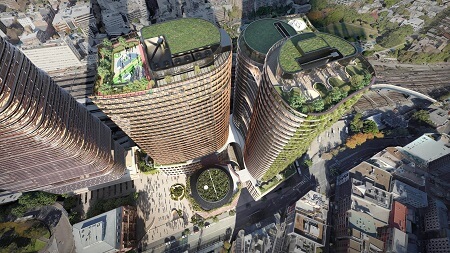Is the Great Australian Dream still alive?
A quarter-acre block with a family sized home and big backyard was long desired by Australian buyers. But is this dream still realistic?
Is it possible to afford the Aussie property dream?
There’s no doubt that Australia is obsessed with property, with the goal of home ownership embedded into our way of life. Getting the keys to our own bricks and mortar home fit for a family, pet and BBQ has inspired generations to make the sacrifices they need to save up a deposit and buy a home.
“I think the Australian dream is, at the core, owning your piece of Australia,” says Cameron Leggatt, executive manager development, Frasers Property.
“It's knowing that you've got a sense of security. It's a sense that I've made it, I can provide for my family, my kids have got somewhere to come back to every night.
“I don't know what drives that, whether it's our settler mentality that's come down through the generations, but it's something that is truly Australian.”
Home ownership is etched into our national psyche. Picture: Treehouse, Midtown MacPark, NSW
However, with home prices across the country at record highs, many Australians are concerned that the dream of ownership will never become a reality.
Is the Great Australian Dream of home ownership still alive?
Prices and supply
Our love for the big family home took hold when new suburbs were being developed rapidly and there was abundant space for low-density living. This is simply not as viable in today’s competitive market, explains Matthew Allen, director at architectural firm Bates Smart.
“Access to community on a quarter-acre block is still very important to some,” Allen says. “But these days, it's in a more peripheral location,”
Eleanor Creagh, senior economist at realestate.com.au, points out that house prices Australia-wide have accelerated significantly in recent times, making the purchase of large blocks and homes more challenging – particularly for first home buyers.
“We've actually seen the third-fastest pace of price growth in more than 140 years,” Creagh says.
Part of the equation that has been pushing prices higher is a lack of housing supply.
Fewer available properties and more prospective buyers equals greater competition — and higher prices.
Plus, with it becoming harder for developers to gain approvals to build new homes, the opportunities for buyers to get a foothold in the market are rarer, says Leggatt.
Shifting visions
It’s not just prices and supply that are changing the dream — Australia’s demographics are shifting. The classic quarter-acre block for the nuclear family quite simply doesn’t suit everyone’s needs.
There are many different types of households — people living alone; couples without children; multigenerational families; a growing downsizer market — they all need homes that suit their circumstances, explains Allen.
“When you really think about it, the idea of one type of standalone house on a quarter acre-block, satisfying the needs of the whole of society – it's an absurd notion,” he says.
Allen explains that this is leading to new ways of thinking about property ownership. Rather than having one “golden property” for life, people are focusing on climbing a “ladder of options” as their needs and finances change.
Housing isn't about one size fitting everyone. Picture: Brookhaven, QLD
Angus Moore, economist at realestate.com.au, adds that many buyers are looking at properties as a five-year plan, before progressing to something perhaps bigger or in an area they aspire to.
“For young Australians who are faced with increasingly stretched affordability, the idea of buying your castle as your first home is increasingly difficult,” Moore says.
“For many people, it makes a lot more sense to buy a starter home and work their way up.”
Developers are delivering
To cater for these changes, leading developers are offering an increased diversity of housing stock. From apartments and townhouses in inner-city areas, to small or larger homes in the suburbs, they are creating options for different types of buyers and stages of life, explains Leggatt.
“From the minute that you're trying to conceive the development, you're setting the project vision,” he says.
“You're thinking about how the community will evolve and come together. You're really thinking about how do we hit a price point?
“How do we create true value and how do we make it desirable so that people who might have a tight budget can get in and be a part of this as well?”
New housing options are springing up across Australia. Picture: Fairwater, NSW
Developers are also responding to the growing demand for accessible amenity, such as transport, education, parks, retail, cafes and dining options close by building attractive master-planned communities and local infrastructure — not just houses, he adds.
“The days of just buying a block of land and knocking out quarter-acre blocks – they're gone,” Leggatt says.
“It will be more about apartments; it will be more about townhouses and a few varieties of each of those.
“(The Great Australian Dream) — it's certainly not dead; it's just different.”
This article was originally published by realestate.com.au https://www.realestate.com.au/news/is-the-great-australian-dream-still-alive/
See more articles on


